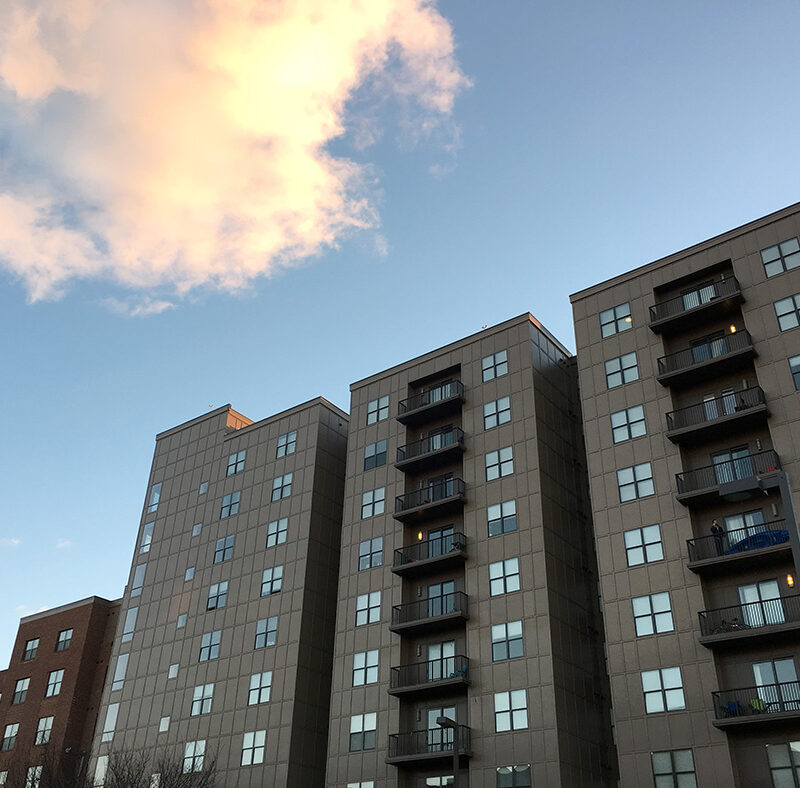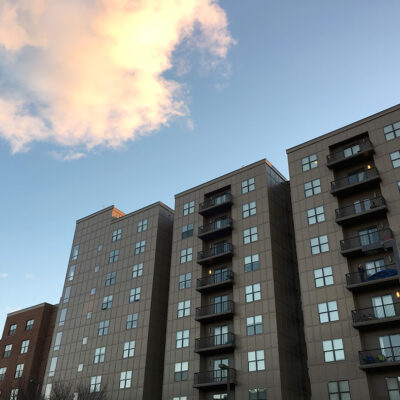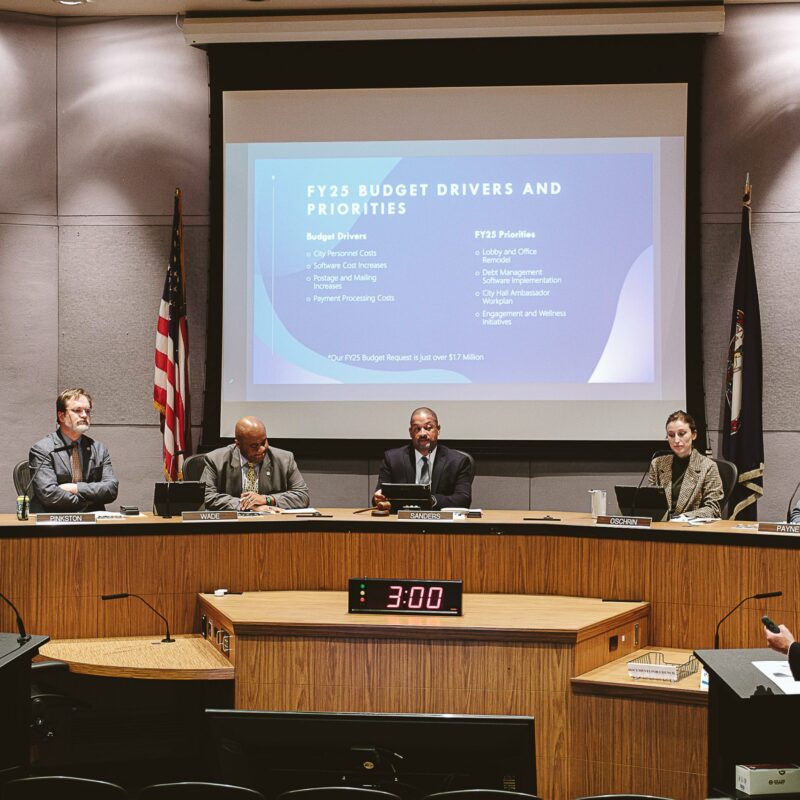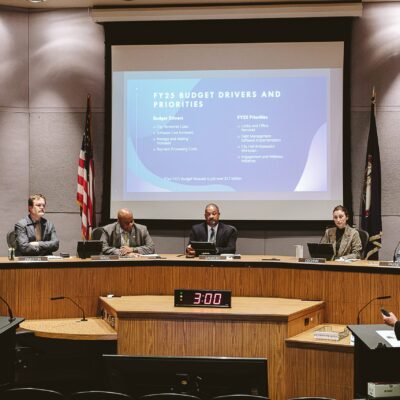|

The eight-bedroom brick mansion at 150 Madison Lane, former home to the Sigma Phi Epsilon fraternity, has been vacant since fall. The frat’s alumni board still owns the building, but no new plans have been announced for its use.
|
Last week, Charlottesville City Council approved a special use permit for the former Phi Mu Sorority House—a seven-bedroom structure located at 632 Preston Place owned by Phi Mu’s national housing corporation—so that the space may function as a boarding house. However, two other former Greek structures remain as empty as kegs on Sunday morning. Which begs the question: What do you do with a vacant frat house?
Bide your time, apparently. Or, for Alpha Epsilon Pi and Sigma Phi Epsilon, hang on to your $800,000-plus clubhouse and hope for a new crew in 2010.
The Alpha Epsilon Pi house on Grady Avenue, built in 1920 and owned by the frat’s national organization since 1959, has been vacant since August, when AEPi headquarters began a “reorganization” process that keeps local members of the fraternity out of the house for one year. Windows and doors of the frat’s white, brick exterior are currently boarded up.
“Last I heard, they were going to try to renovate the house in 2010 and then ‘recolonize the chapter,’” wrote alumnus Charlie Schmehl in an e-mail. “However, the 25 alums of my generation who keep in contact haven’t been told anything. One former brother told us nothing is happening.” Calls to Alpha Epsilon Pi about the house were not returned.
The Sigma Phi Epsilon house, an eight-bedroom brick mansion built in 1900 and owned by the frat’s alumni board, sits on the busier frat row of Madison Lane. Sigma Phi closed roughly a month after AEPi, when the national office revoked the chapter’s charter after a semester of probation and investigations into hazing.
Pete Gorham is still listed by the City Assessor’s Office as the contact for the Sigma Phi Epsilon alumni board, but resigned from presidency of the alumni board when the frat’s charter was lost: “I’d done my time, I guess you’d say.” Current president Leigh Curry said that the fraternity has raised enough money to keep the house while it works with the national chapter in Richmond on how it may be used in the future.
The Sigma Phi house is a particular standout—assessed at $869,800, a Jeffersonian riff with skull-and-crossbones designs painted on wooden boards outside.
“The significance is that it fits very comfortably into this interesting development whereby fraternities start appropriating the Jeffersonian architectural image,” says Daniel Bluestone, a professor of architectural history at UVA.
Of course, as the skull-and-crossbones reminds, form follows function, and these are vacant spaces that could potentially hold a number of students. Maybe Phi Mu sorority house, which closed in 2007, has the right idea. According to its special use permit, the Preston Place boarding house can hold as many as 10 ’Hoos, with a few more in a cottage on the property.
“In terms of housing students, the fraternity housing model is a great one,” says Bluestone. “I wish they found a way of applying the model that wasn’t exclusive in the way that the fraternity model is exclusive.” After all, UVA could stand to house more students on grounds, and rush has to end sooner or later.






